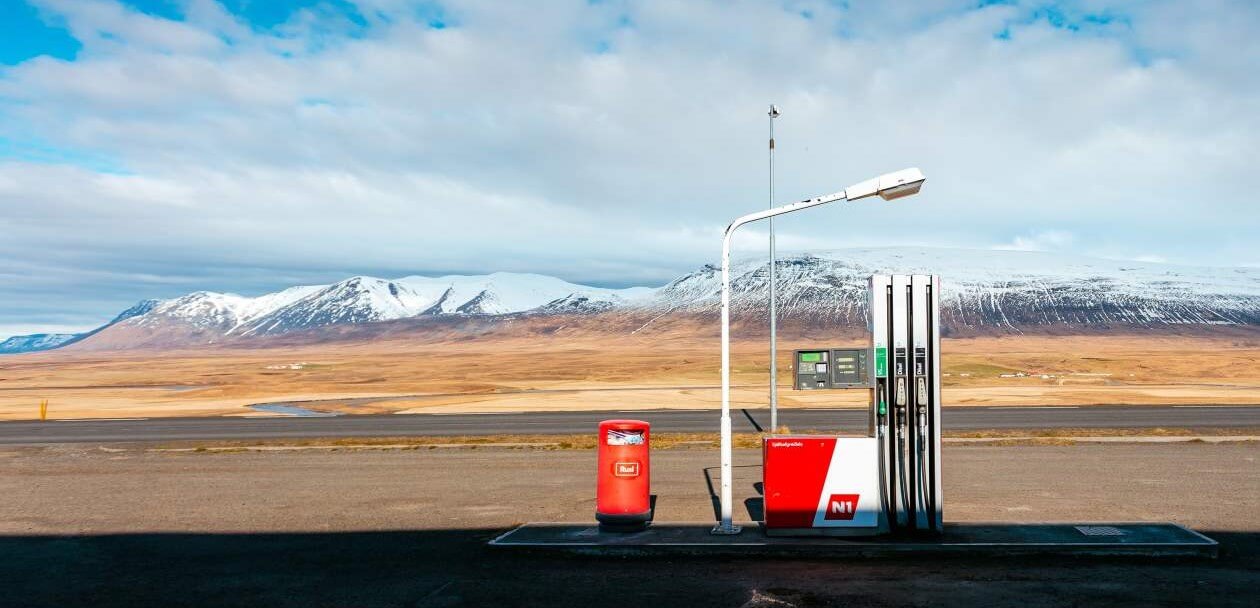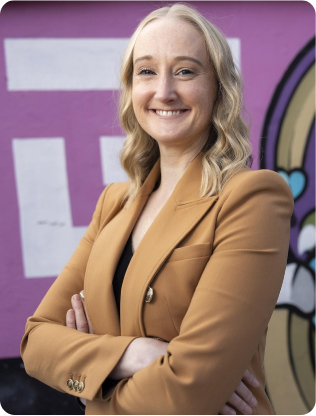Complete Guide On Developing an On-demand Fuel Delivery App
Published on: April 07, 2018
With technology taking over every field, everyone is expecting services and products that can offer more ease and value. Digitalisation has made everyone wish that everything should be accessible with a touch on the screen. And this wish is being by developing ‘on-demand’ apps for almost every service or product that include even the remotest possibilities or something as conventional as fuel delivery. On-demand fuel delivery apps are already working successfully in countries like California and London in its first attempts, and the domain is quickly and impactfully spreading to other parts of the world. Following the same trend, development of on-demand fuel delivery apps in Dublin, Ireland is all set for a splendid disruption in the domain.

How does the on-demand fuel delivery app function?
The app works in a manner similar to Uber app works for the pick and drop service. People or customers, in this case, need to download and register on the app so that when there is a need or when they wish to refuel their vehicle or generator without visiting the fuel station, they can just request fuel delivery by just taping a button on the GPS-enabled, location-aware app. The app tags the location of the vehicle and also gives the option of manually selecting the location where the fuel delivery is expected, in case the person and the vehicle or generators are in different locations. The fuel delivery driver can then navigate to the tagged location using his own app that has an inbuilt map and refuels the vehicle or generator of the customer. The delivery driver needs to take into consideration all safety regulations and compliances. The amount is then received from the customer based on the mode of payment that had been chosen at the time of a request.
Thus, the app keeps a record of all information related to accounting, procurement, stocking, and delivery of fuel, apart from everything else done by a cab service. So, the on-demand fuel delivery solution has much more to deliver beyond GPS technology in the form of an additional set of hardware and software and of a wide range of features that support the native requirements for the service.
Building the physical infrastructure needed
The very first thing that needs to be done for building any new system id creating the basic infrastructure. So, your grassroots level work involves building the fleet of fuel delivery trucks with fuel delivery drivers that act as building blocks for the system. You need to ensure that these fuel delivery trucks adhere to regulatory and safety compliances and implementation standards prevalent in the business jurisdiction you are operating in. For example, in California alone, the fuel carriers in the fleet are thoroughly reviewed and inspected before they get the approval of various agencies like California Weights and Measures agencies, the highway patrol, the Department of Transportation, multiple fire marshals, and other departments. Once you get all the legal approvals prevalent in your jurisdiction, you can develop your system to match the process and service protocols you are expected to follow. Including comprehensive products and services, such as including all sorts of fuels – Gasoline, Diesel, Petrol, compressed or liquified natural gas, and may be electricity charging plugs, will make your infrastructure future proof by covering a maximum range of fuels and serving maximum users to earn a better market share.
After the physical infrastructure or fleet is ready for operation, you can start focusing an IT infrastructure keeping an account of the fleet developed.
Building the IT infrastructure needed
You need up to build a supportive IT infrastructure for your on-demand fuel delivery app. This is more complicated than building the same for a fleet of taxis, as in Uber. This is because in case of taxis, an on-board or on-device GPS can cover the entire operations ranging from rider to driver, while in case of fuel carriers, a lot of additional multi-faceted information needs to be segregated, recorded, and reported to the manager or the driver who needs to act on the information or keep it as a record. This requires arranging for tools and resources (both hardware and software) for building a compliant processing facility and response mechanism that integrates with the GPS systems in the vehicles. This digitalises the information and communication systems and aids in fetching varied information related to tracking and managing the fleet and facilitating delivery system, thus generating optimum value with the service.
You can employ various IoT devices like Beacons for enhancing IT services of your on-demand app. Smart IoT devices that are equipped with sensors and actuators and connected to the internet can perform essential reporting of the fuel delivery truck in real-time. They can be connected to the internet directly, save money and power, provide real-time vital statistics, and readily interface with mobile apps/ devices.
You also need to develop the frontend and backend of at least two apps in case of on-demand gas delivery apps. These include one app for the fuel delivery truck driver or carrier and the other one for the users or customers.
Provisioning for reporting and analytics
Fuel delivery trucks or carriers need to maintain certain safety and implementation standards and keep the system going within safe limits. This applies to various parameters such as the temperature and pressure inside the fuel chamber, quality of the delivered fuel, the before and after volume checks, etc. Thus, the data reporting and analytic system need to be well equipped for analysing and assessing the data important for the business. Sensors or smart devices installed inside the carriers or delivery truck and the fuel chambers can send these vital numbers and statistics to the cloud manager who can then store the information in log form and analyse it using software for processing. This processed data can be used for managing inventory and supplies and to revamp the marketing activities and business strategy accordingly.
Building the backend of the software solution
After forming the basic infrastructure of your on-demand venture, both physical and IT and planning for the reporting and analytics systems, you need to work on developing the backend of your software application. For this, you can start with bringing together and analysing all the resource details and pointers to map out your solution and trace a functional outline and communication flow for it.
After this, a complaint backend needs to be developed based on this outline and communication flow using extensive codes and bunch of compatibility layers that make it interfaceable with other applications and devices. After the development of the backend, you get a single solution that is compatible and works with other devices in unison as an only solution. The functionality and strength of the backend codes will determine the intactness of the interface, working of the app, and how it connects to the users.
The comprehensiveness and validity of the solution should support the product idea and performance needs. The communication and functional layout of the app should conform to your initial plan and support your business needs.
To conclude
The basic idea of developing an on-demand gas delivery app is to provide a complete mobility solution that allows the customers to connect directly with the suppliers from almost anywhere. Thus, these apps having all required features help both carriers and users to access and utilise it while on-the-move for connecting easily and in a much comprehensible manner. Square Root is a mobile app development company can work as a team and provide an on-demand fuel delivery solution by using high-tech resources, full-fledged production environment, and fool-proof processes for delivering the right solution.
Sarah is a chief CMO at Square Root Solutions. As a software developer, she excels in developing innovative and user-centric software solutions. With a strong proficiency in multiple programming languages, she specializes in creating robust and scalable applications. Besides her passion for software development, she has a keen interest in culinary adventures, enjoying a variety of unique and interesting foods.
What client speaks about us!
Don't just take our word for it - hear from our clients about their experience working with us and
why they trust us to deliver exceptional results.











